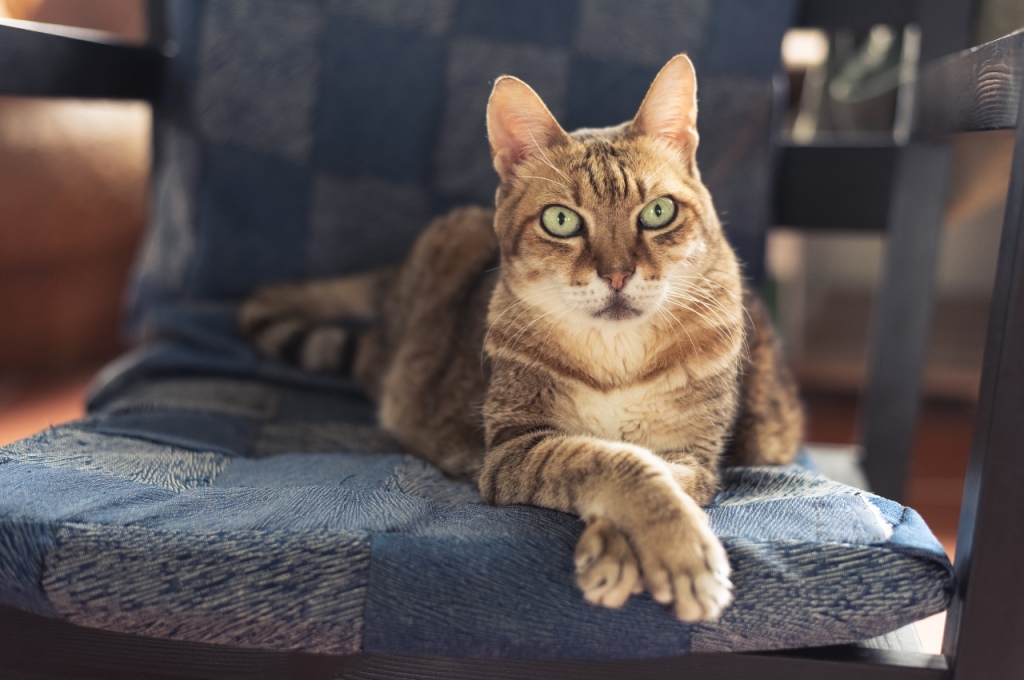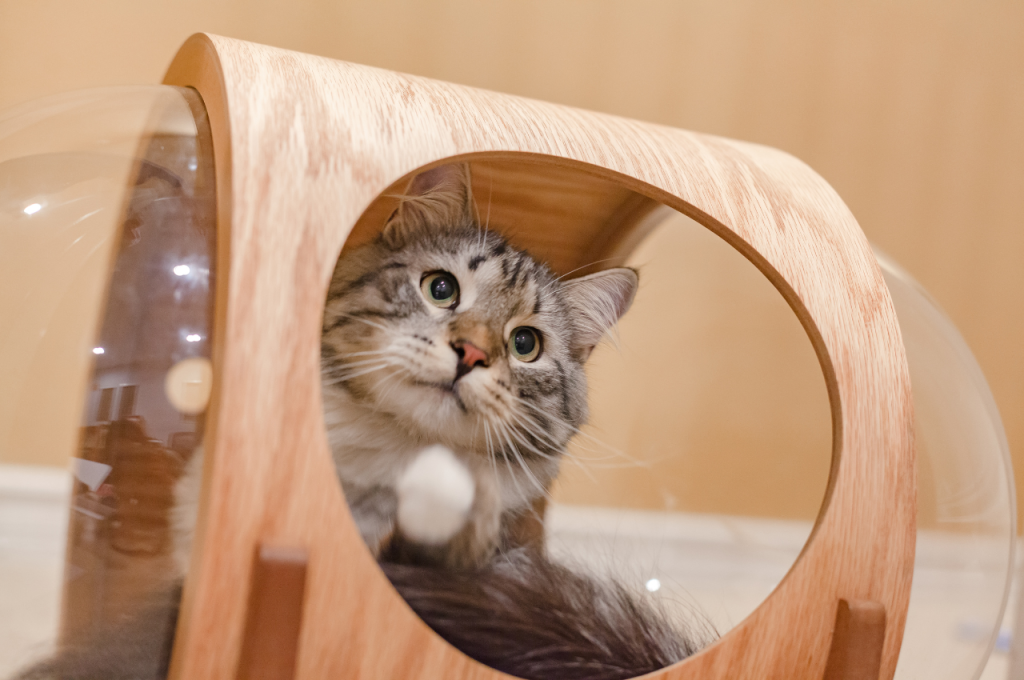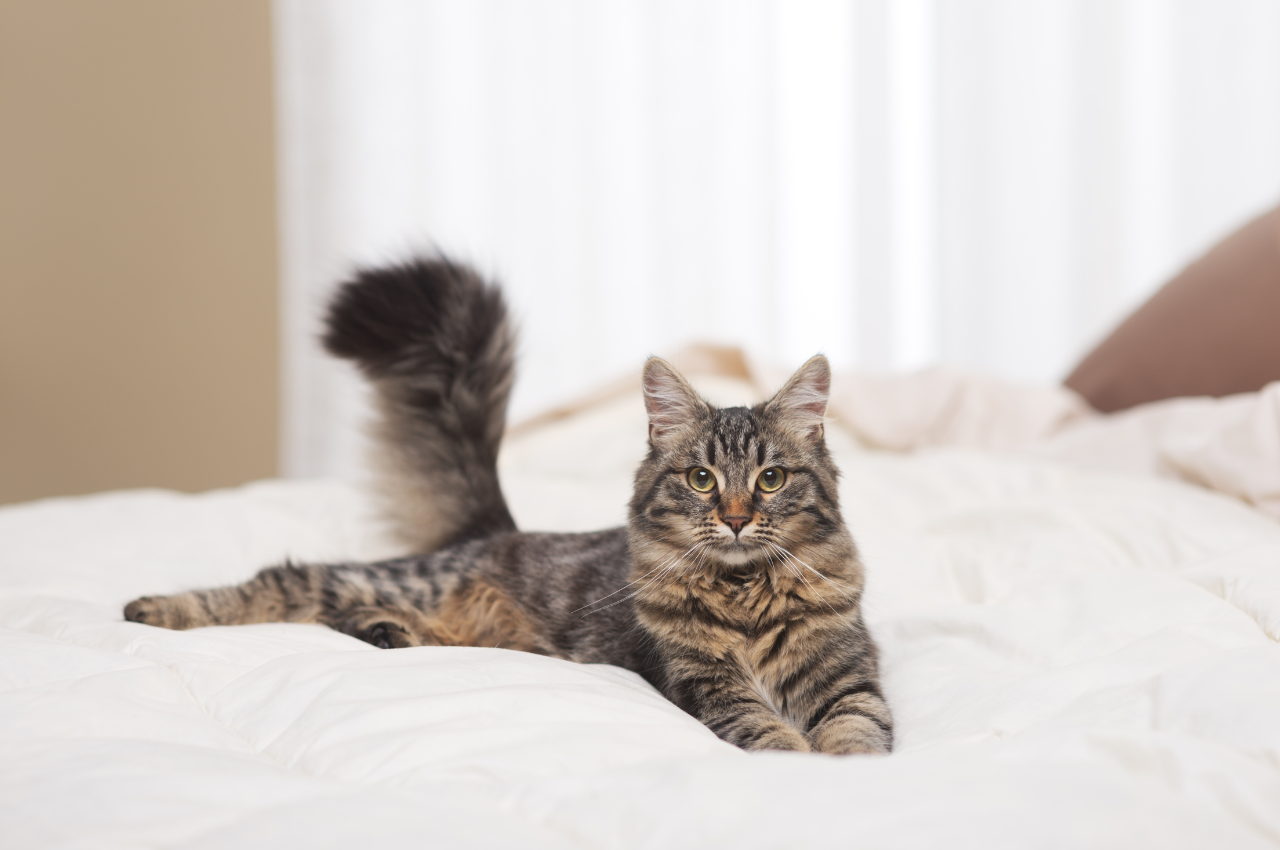A good home for a cat is one that provides a safe and stimulating environment. In such a home, the cat has access to cozy resting spots, plenty of toys, and opportunities for play and exercise.
The home should also be free from potential hazards, such as toxic plants or open windows without screens. Additionally, a good home ensures that the cat receives proper nutrition, regular veterinary care, and attention from its owner. By meeting these needs, a cat can thrive and live a happy, healthy life.
Introduction to Feline Comforts
Creating a good home for a cat involves providing both physical comfort and mental stimulation. A cozy environment should include comfortable resting spots, such as soft beds or blankets, where a cat can relax and feel secure. Access to fresh water, nutritious food, and clean litter boxes is essential for their well-being. Additionally, cats thrive in environments that offer opportunities for exploration and play, like climbing trees, scratching posts, and interactive toys. A good home also ensures safety, with secure windows and doors, while maintaining a calm atmosphere free from loud noises or stressors. Understanding and catering to these needs creates a space where a cat feels truly at home.

Why Comfort Matters
Cats are naturally drawn to comfort and coziness. Providing a comfortable environment for your feline friend is essential for their overall well-being and happiness. From soft bedding to cozy nooks, creating a comfortable space for your cat is vital for their physical and emotional health.
Cats’ Unique Needs
Cats have unique needs when it comes to comfort. They seek out warm, quiet spots where they can relax and feel secure. Offering a variety of comfortable resting areas and providing opportunities for mental stimulation are crucial for meeting their specific needs. Understanding what makes a cat feel comfortable is key to creating a home that your feline companion will love.
Safe Spaces in The Home
Creating safe spaces in the home is crucial for ensuring a cat’s well-being and happiness. Cats need areas where they feel secure and can retreat to when they want some peace and quiet.
High Perches
Cats love to observe their surroundings from above, so having high perches in the home is essential. Consider installing cat trees, shelves, or window perches to provide elevated vantage points for your feline friend.
Secluded Areas
Cats also appreciate having secluded areas where they can relax without feeling exposed. This could be a cozy corner, a covered bed, or a quiet room where they can retreat when they need some alone time.
The Importance of Scratching Posts
Cats have a natural instinct to scratch, and providing them with appropriate outlets for this behavior is essential for their well-being. Scratching posts play a crucial role in a cat’s life, serving as a means for them to exercise, stretch, and maintain their claws. Understanding the importance of scratching posts can help create a harmonious living environment for both you and your feline companion.
Types of Scratching Posts
When choosing a scratching post for your cat, it’s important to consider the various types available. Vertical scratching posts are popular and mimic the sensation of scratching on a tree, while horizontal scratching pads offer a different tactile experience. Some cats also enjoy angled scratching posts, which allow them to scratch at an incline.
Placement in The Home
The location of scratching posts in your home can significantly impact your cat’s usage of them. Strategic placement near areas where your cat likes to rest or play can encourage natural scratching behavior. Additionally, having scratching posts in multiple rooms can provide your cat with options and prevent them from using furniture or other inappropriate surfaces.
Optimal Feeding Stations
Optimal feeding stations, along with cozy resting spots and engaging toys, contribute to a cat-friendly home environment. Providing vertical spaces for climbing and scratching posts can enhance a cat’s well-being and overall happiness in their living space. Optimal Feeding Stations for cats are crucial to their health and happiness. As a cat owner, it’s essential to provide a comfortable and safe feeding area for your feline friend. Here are some key factors to consider when creating an optimal feeding station for your cat.
Bowl Placement
The placement of your cat’s food and water bowls is important. Cats prefer to eat in a quiet and peaceful environment, away from any distractions. Place the feeding station in a quiet corner, away from any high-traffic areas or loud noises. Additionally, ensure that the feeding station is located in an area that is easily accessible and where your cat feels safe.
Types of Food and Water Bowls
Cats are picky eaters, and they have specific preferences when it comes to their food and water bowls. Ceramic, stainless steel and glass bowls are the best choices for cats as they are durable and easy to clean. Plastic bowls can be easily scratched, which can lead to bacteria growth. Additionally, plastic bowls can cause allergic reactions in some cats.
Types of Food and Water Bowls
Cats require fresh water and food to maintain their health. Ensure that you provide your cat with clean water and food daily. When it comes to water, cats prefer running water, so consider purchasing a water fountain. A water fountain not only provides fresh and clean water but also helps to keep your cat hydrated. When it comes to food, ensure that you provide a balanced diet that includes both wet and dry food. Creating an optimal feeding station for your cat is essential to their overall health and happiness. By considering these key factors, you can ensure that your cat has a comfortable and safe feeding area that meets their specific needs.
Stimulating Toys and Activities
A good home for a cat should have stimulating toys and activities to keep them mentally and physically healthy. Providing scratching posts, interactive toys, and cozy spaces for them to nap in will help create a happy and comfortable environment for your feline friend.

Interactive Toys
Cats thrive on stimulation and interaction, making interactive toys essential for their well-being. These toys engage cats mentally and physically, keeping them entertained and active throughout the day.
Regular Playtime
Allocating regular playtime sessions for your cat is crucial. This provides exercise, and mental stimulation, and strengthens the bond between you and your feline companion. Make playtime a priority in your daily routine.
Litter Box Essentials
Create a comfortable environment for your cat with litter box essentials. Choose a spacious, easily accessible box and high-quality litter to keep your feline friend happy and healthy. Ensure the box is placed in a quiet, private area for your cat’s peace of mind. Cats are known for their cleanliness, and providing them with a clean and comfortable litter box is essential for their well-being. Litter box essentials include proper location, cleaning, and maintenance.
Proper Location
Choosing the right location for your cat’s litter box is crucial. Cats prefer a quiet and private location, away from their food and water bowls. Placing the litter box in a high-traffic area or near noisy appliances may cause stress and anxiety for your cat. It is also important to ensure that the litter box is easily accessible for your cat, especially for senior cats or those with mobility issues.
Cleaning and Maintenance
Regular cleaning and maintenance of the litter box is necessary to prevent odor and maintain your cat’s health. Scoop out the waste and clumps daily, completely change the litter, and clean the box at least once a week. Use a mild, unscented detergent and warm water to clean the litter box. Avoid using harsh chemicals that may be harmful to your cat. Providing your cat with a clean and comfortable litter box is essential for their physical and mental well-being. Proper location, cleaning, and maintenance are the key factors to consider while choosing a litter box for your furry friend. With a little effort and care, you can ensure a happy and healthy life for your cat.
Creating a Cat-friendly Outdoor Space
Designing a cat-friendly outdoor space involves creating a safe, stimulating environment that aligns with a cat’s natural instincts. Providing opportunities for climbing, exploring, and lounging, along with secure boundaries, offers a fulfilling home for a cat. Incorporating scratching posts, perches, and hiding spots enriches their environment and promotes overall well-being. Cats love exploring and playing outside, but it’s important to ensure they have a safe and comfortable outdoor space. Here are some tips for creating a cat-friendly outdoor space:
Enclosed Patios
An enclosed patio is a great option for cats who love being outside but need to be protected from the elements and potential dangers. You can create a cat-friendly patio by adding comfortable bedding, scratching posts, and toys. It’s also important to ensure that the patio is escape-proof and that your cat can’t get out.
Safe Exploration
Cats love to explore, but they need a safe environment to do so. Creating a safe outdoor space means ensuring that your cat can’t escape and that there are no potential hazards. You can use fencing or netting to create an enclosed area, or you can use a leash and harness to keep your cat safe while they explore. To make the outdoor space more interesting for your cat, you can add climbing structures, perches, and hiding spots. You can also create a garden with cat-friendly plants like catnip, mint, and cat grass. Just be sure to avoid toxic plants like lilies and daffodils, which can be harmful to cats if ingested.
In conclusion, creating a cat-friendly outdoor space is essential for keeping your cat happy and healthy. With some careful planning and attention to detail, you can create a safe and enjoyable outdoor space that your cat will love.
Every Cat is Unique
Every cat is unique, so a good home should provide individualized care. A suitable environment includes plenty of space to play and explore, interactive toys, and cozy resting areas. Regular veterinary check-ups, a balanced diet, and affectionate attention are essential for a cat’s well-being.

Observing Your Cat’s Preferences
- Watch your cat to understand its likes and dislikes.
- Notice where it likes to sleep, play, and hide.
Adjusting for Comfort
- Provide soft bedding for relaxation.
- Offer safe hiding spots for security.
- Cats have individual personalities and needs.
Conclusion
Creating a good home for your cat involves providing comfort, safety, and stimulation. By considering their basic needs and preferences, you can ensure a happy and healthy environment for your feline friend. Remember, a content cat means a content owner.
So, make your home a perfect paradise for your beloved pet.
